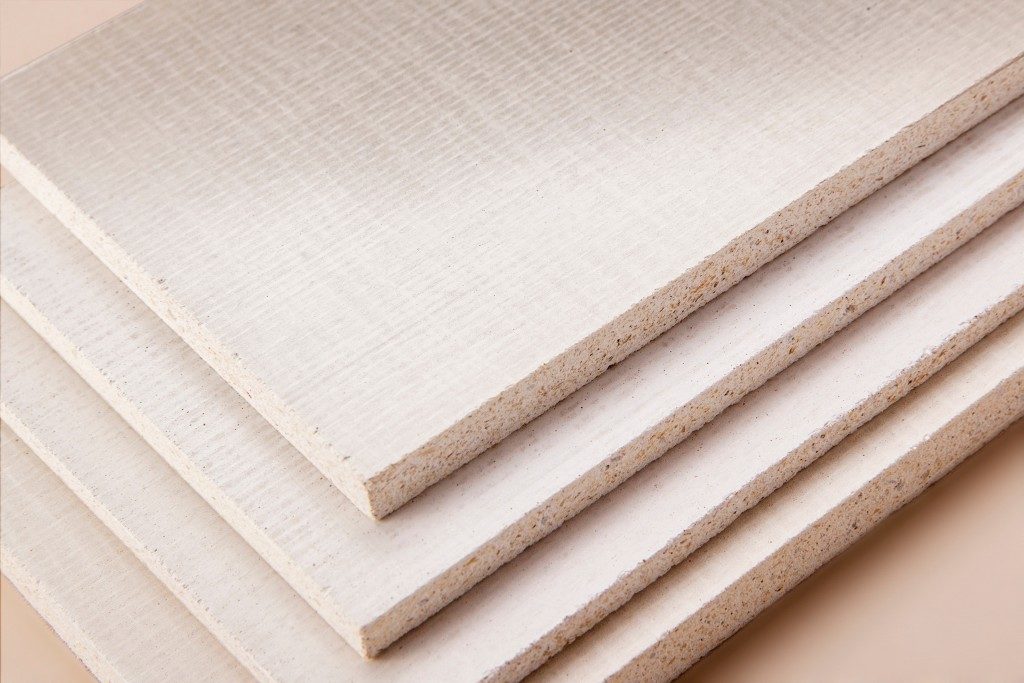A garden shed can be a great addition to any home, providing much-needed storage space for tools, lawn equipment, and other outdoor gear. It protects your belongings from the elements and keeps them organized and out of the way. If you’re looking for a cost-effective way to get storage space, consider building your own garden shed. With a bit of planning and effort, you can build a functional and attractive shed. Here are a few tips to get you started:
Choose a Location for your Shed
When choosing a location for your garden shed, consider its accessibility. It should be easy to get to so you can move heavy items in and out. For example, you might want to place it near the driveway or a path leading from your house. This will make it easy for you to bring lawn equipment and other items.
In addition, the shed should be situated in a sunny spot. This will allow you to take advantage of natural light, making it easier to see inside the shed. It will also help you save on energy costs, as you won’t have to rely on artificial lighting as much. But you must ensure your shed’s windows face the sun to fully maximize natural light.
If you need access to electricity in your garden shed, you can install outlets and lighting fixtures. This is a good idea if you might need to get any equipment or other supplies at night. Another option would be to use battery-operated lights, which can be just as effective and don’t require an electrical outlet. There are also solar-powered lights available, which are environmentally friendly and can save you money on energy costs.
Plan the Shed’s Size and Layout
When planning the size and layout of your garden shed, be sure to leave enough room for all of your belongings and still have some space left for you to move around. You don’t want the shed to feel cramped and cluttered. You might want to consider building a larger shed if you have large items, such as a lawn mower. Likewise, you can install shelving and other storage solutions to keep smaller items organized and out of the way.
A shed’s size is commonly 8×6 feet, but there is no standard size. It just depends on what works for you and your garden. Having enough space inside a shed is important. Still, you should also consider your shed’s size in relation to the available outdoor space on your property. For example, refrain from building a larger shed if you only have a small backyard because it can easily overwhelm your outdoor space. It can also limit the activities you can do outdoors if your shed is taking up too much space.
Collect the Materials You’ll Need
When planning your garden shed, it’s important to choose materials that will withstand the elements. Consider using pressure-treated lumber, plywood, or oriented strand board for your shed’s walls, ceiling, and floor. They are all durable materials that stand up to the elements and last for years. Likewise, treated wood is rot-resistant and relatively insect-proof. This ensures your shed can have a layer of protection against factors that can cause wood to rot, such as moisture, fungi, bacteria, and insects. By using treated lumber, you can be confident your shed will last for many years.

As for the shed’s roof, you’d want to ensure it can withstand severe weather conditions and long-term sun exposure. This is essential if you live in an area with harsh winters or hot summers. Common roofing types include asphalt shingles, metal panels, and roll roofing. However, when it rains, you’d want water to run off the sides, requiring little to no maintenance. Given these needs, you can get cost-effective corrugated roofing sheets that are easy to install and last for many years. By designing your shed for durability, you can avoid costly repairs and replacements down the road.
When planning your garden shed, you might want to consider using recycled materials to build shelves inside your shed. This is a great way to save money and help the environment. You can use many types of recycled materials, such as cardboard, glass, or lumber. But if you choose to use recycled lumber, be sure to select pieces that are in good condition. You wouldn’t want to save on costs as you build only to replace them later.
When it comes to garden sheds, there are many ways you can go about constructing them. With a bit of creativity and some elbow grease, you can create a storage shed that is both functional and stylish — without breaking the bank.


